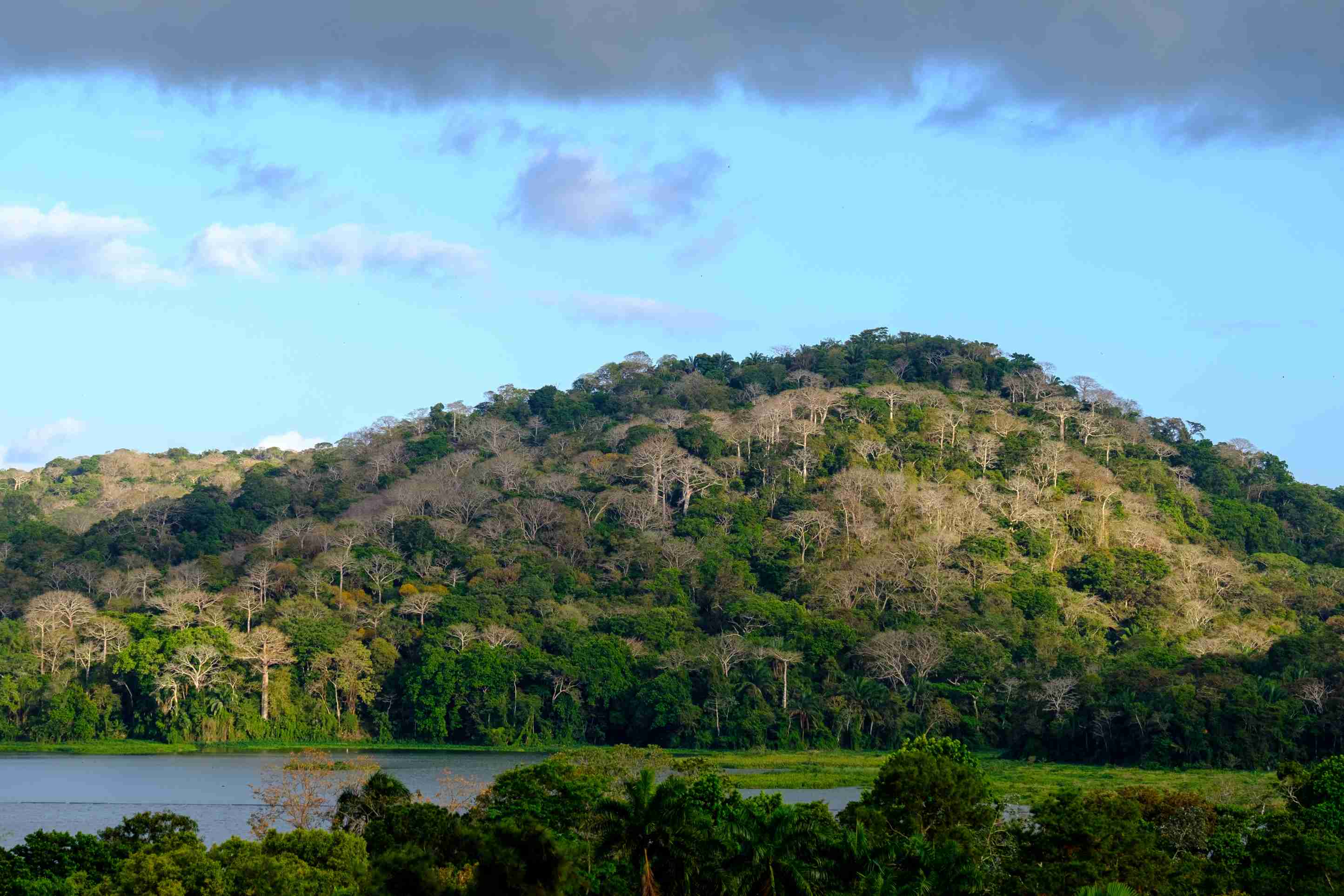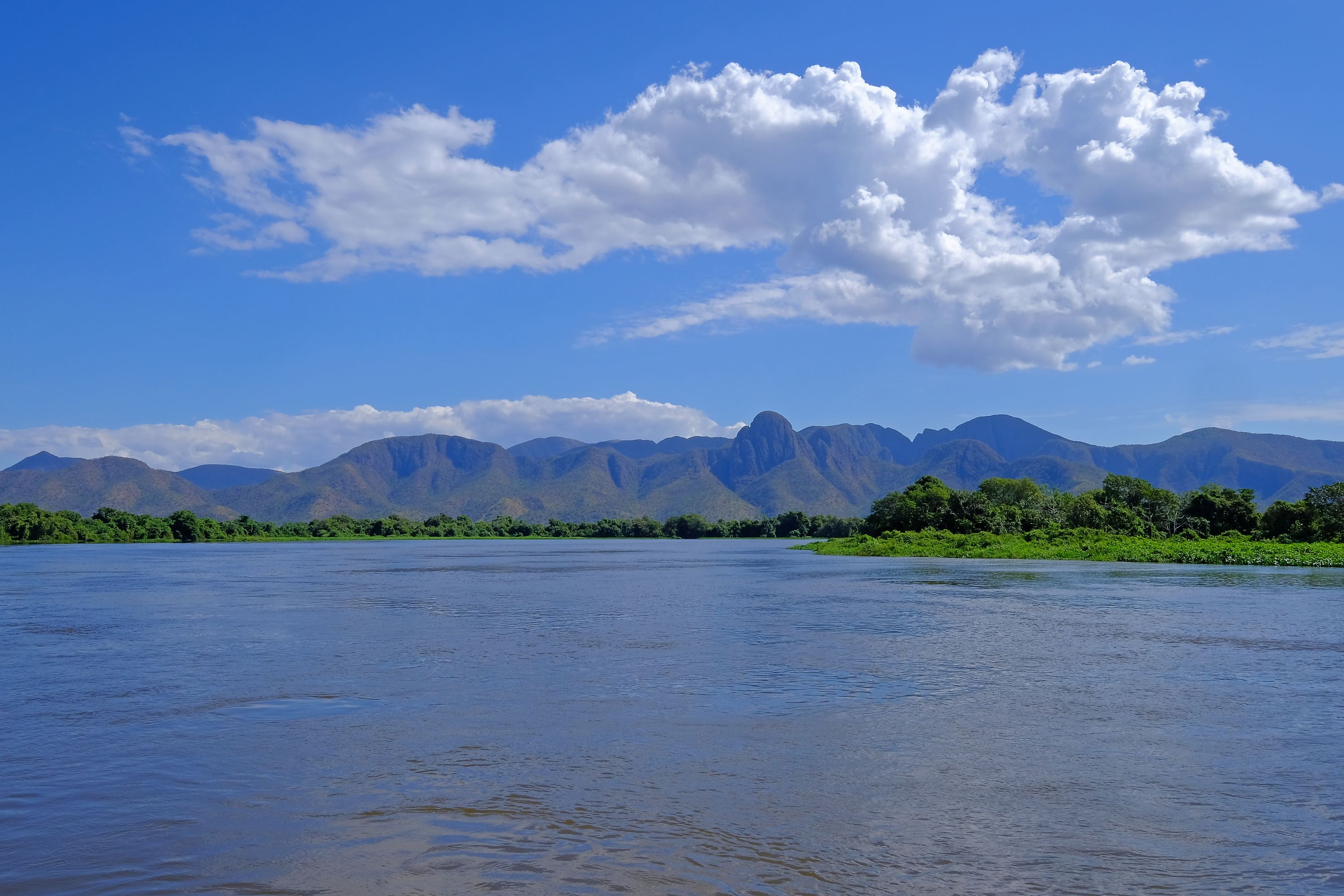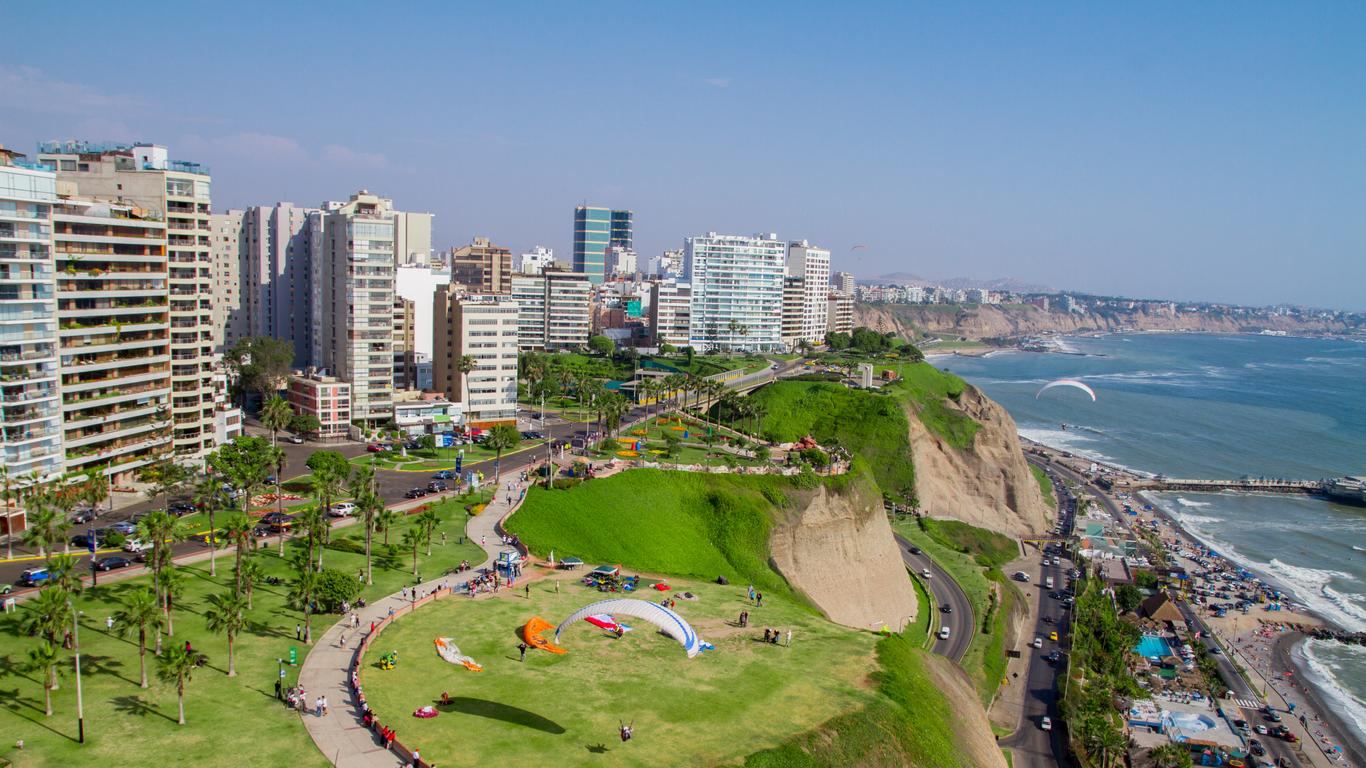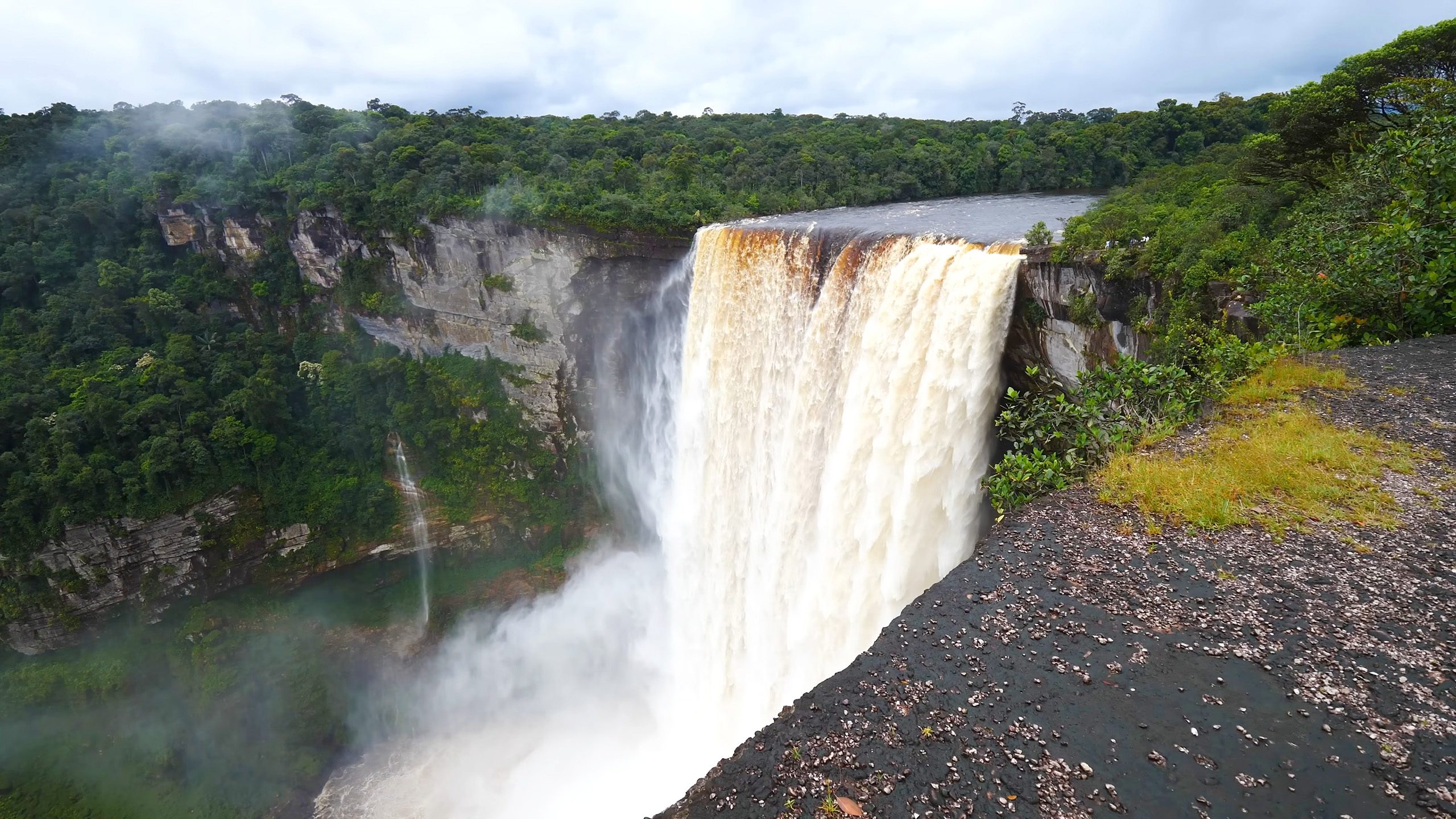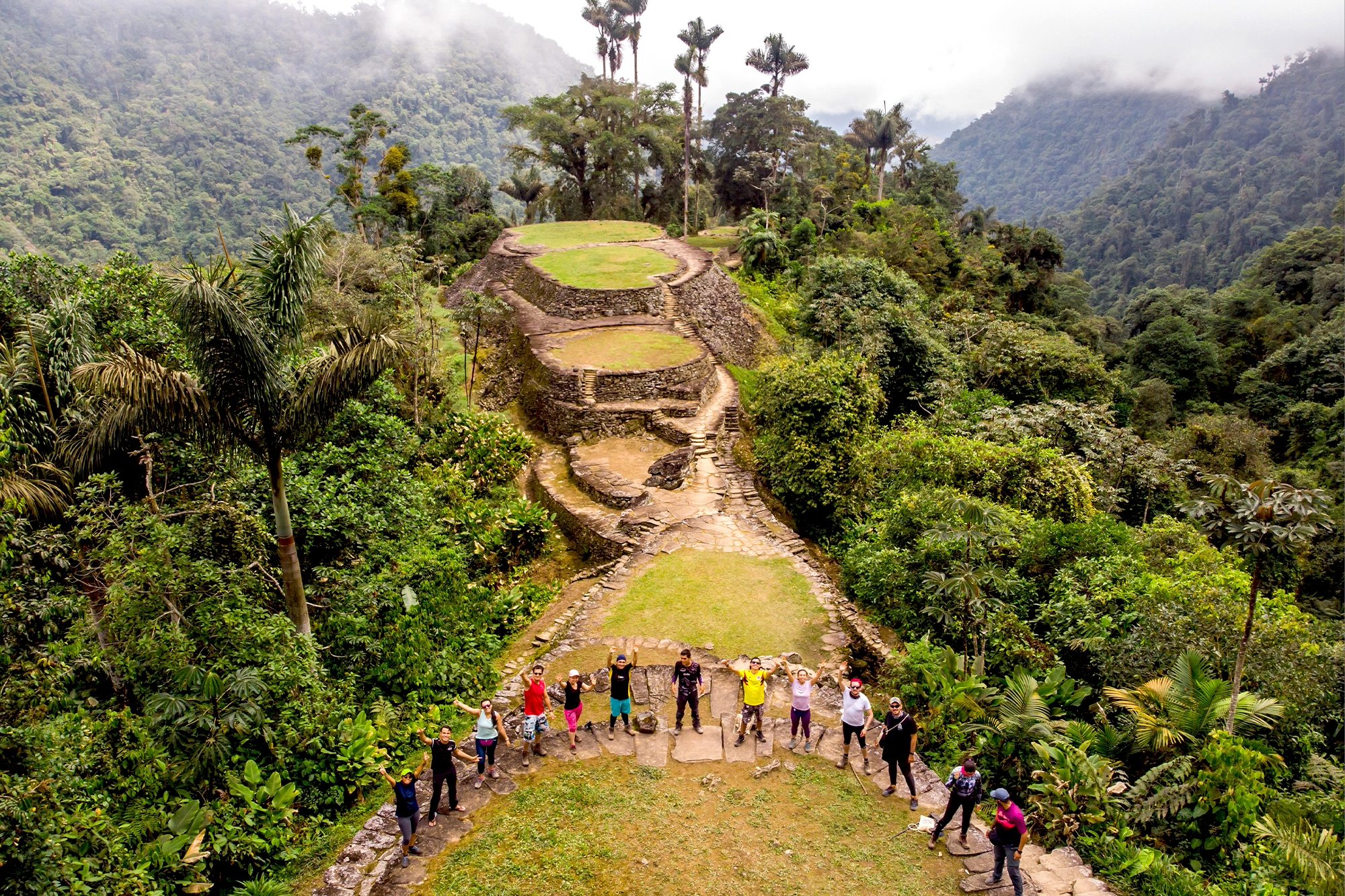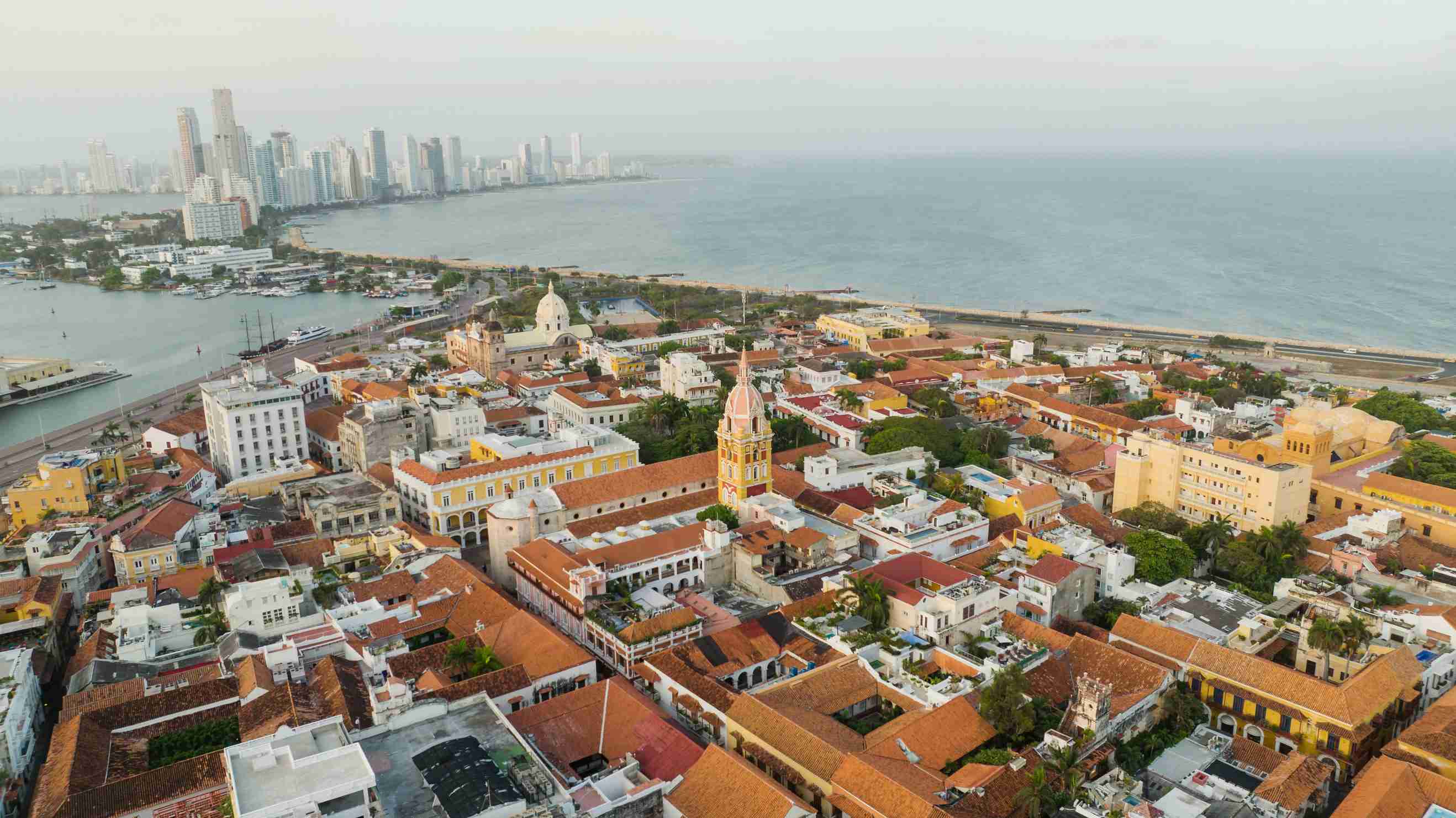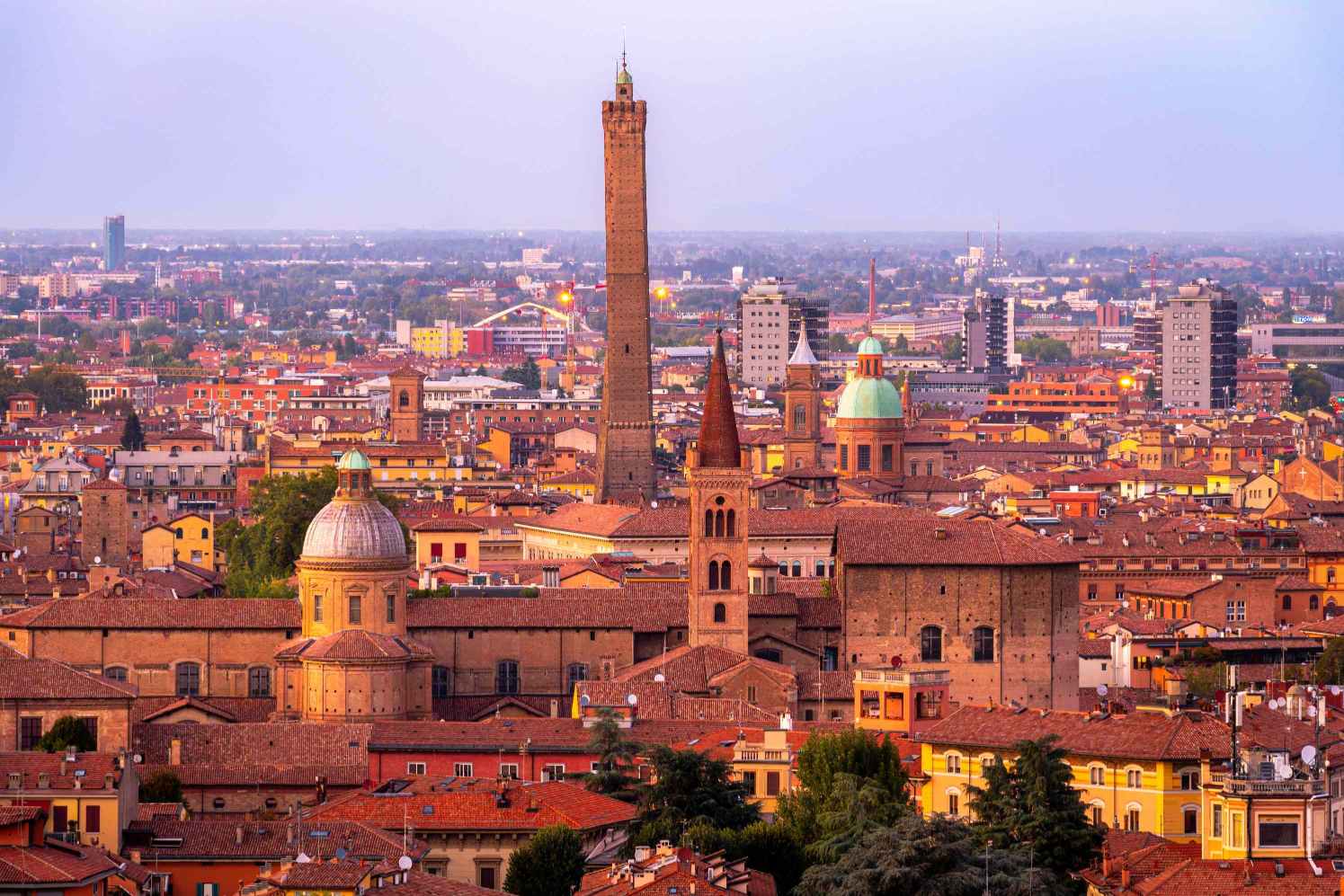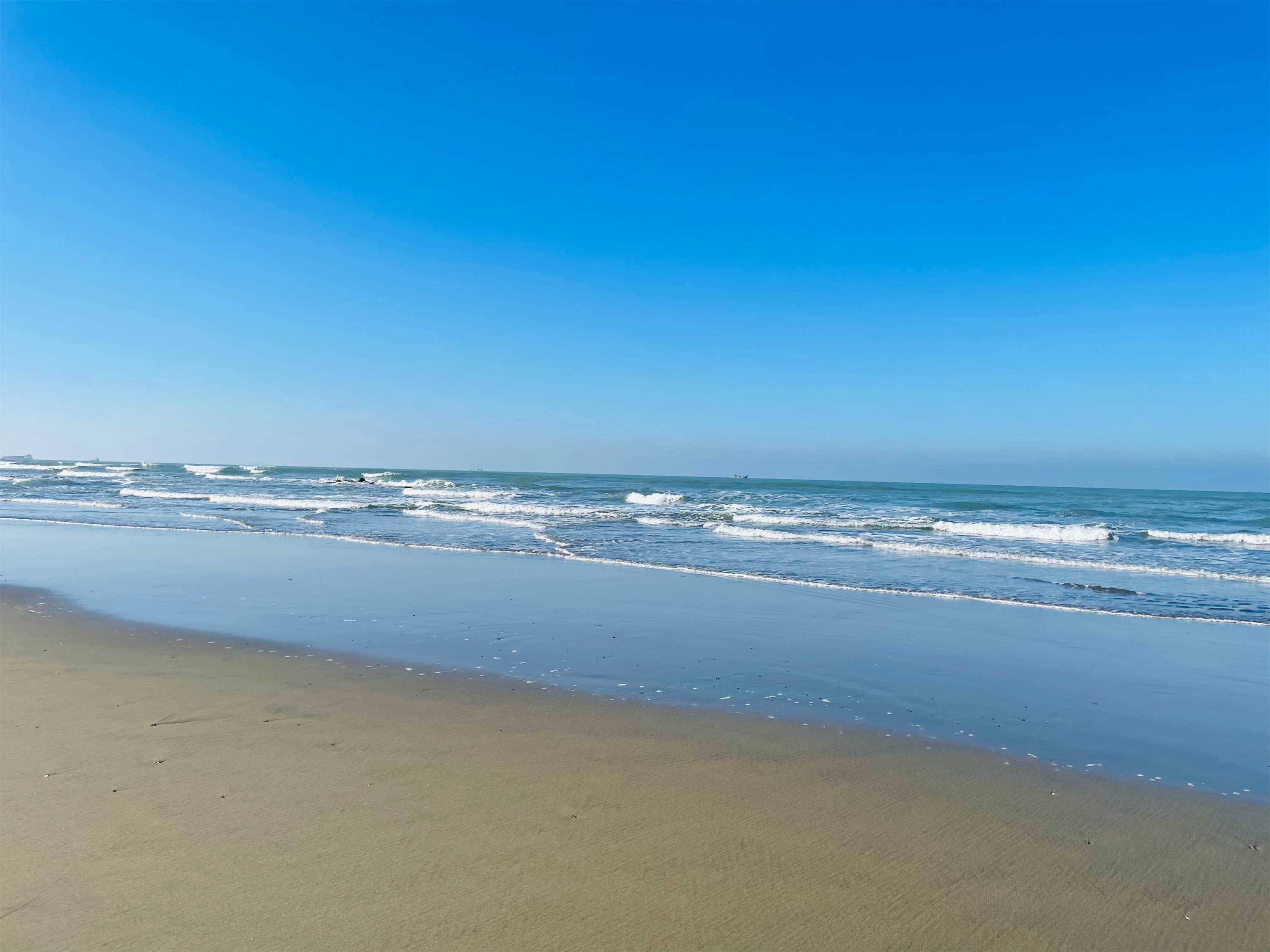Buenos Aires, the vibrant capital of Argentina, is a city that pulses with energy, culture, and history. Often referred to as the “Paris of South America” for its European-inspired architecture, wide boulevards, and sophisticated vibe, Buenos Aires is a melting pot of traditions, art, and passion. From the sultry rhythms of tango to the mouthwatering flavors of Argentine steak, Buenos Aires offers a sensory feast for travelers. Whether you’re exploring its historic neighborhoods, indulging in its culinary delights, or immersing yourself in its artistic scene, Buenos Aires promises an unforgettable experience.
Main Attractions of Buenos Aires, Argentina
Buenos Aires is packed with iconic landmarks and hidden gems. Here are the must-visit attractions:
- La Recoleta Cemetery: A hauntingly beautiful cemetery where Eva Perón (Evita) is buried.
- Teatro Colón: One of the world’s most famous opera houses, known for its stunning architecture and acoustics.
- Caminito: A colorful street in La Boca, famous for its tango performances and vibrant art.
- Plaza de Mayo: The city’s main square, surrounded by historic buildings like the Casa Rosada (Pink House).
- San Telmo: A bohemian neighborhood known for its antique markets and tango clubs.
- Palermo: A trendy district with lush parks, boutique shops, and hip restaurants.
- Puerto Madero: A modern waterfront area with upscale dining and scenic views.

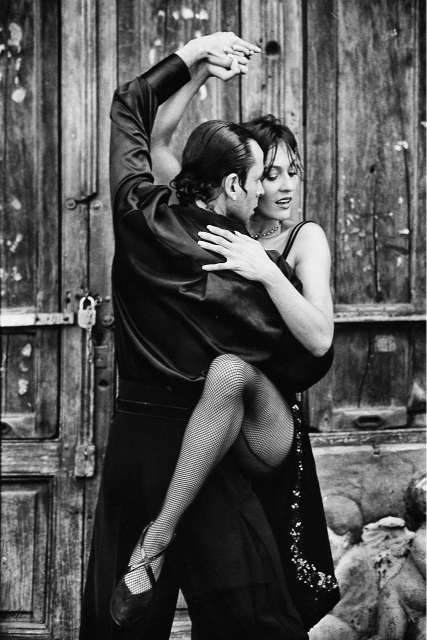
Culture of Buenos Aires, Argentina
Buenos Aires’ culture is a vibrant mix of European influences and Argentine traditions:
- Tango: The soul of Buenos Aires, tango can be experienced in milongas (dance halls) and street performances.
- Football (Soccer): A national obsession, with matches at iconic stadiums like La Bombonera.
- Literature: Buenos Aires is a UNESCO City of Literature, home to famous writers like Jorge Luis Borges.
- Art and Theater: The city boasts world-class museums, galleries, and theaters.
- Café Culture: Traditional cafés like Café Tortoni are perfect for soaking in the city’s ambiance.
How to Reach Buenos Aires, Argentina?
Buenos Aires is well-connected to the rest of the world:
- By Air: Ministro Pistarini International Airport (Ezeiza) and Aeroparque Jorge Newbery serve international and domestic flights.
- By Bus: Long-distance buses connect Buenos Aires to other Argentine cities and neighboring countries.
- By Ferry: Ferries operate between Buenos Aires and Uruguay (e.g., Colonia and Montevideo).


Accommodation Arrangements
Buenos Aires offers a range of accommodations to suit every budget:
- Luxury Hotels: Stay at 5-star hotels like the Alvear Palace Hotel or Four Seasons Buenos Aires.
- Boutique Hotels: Charming options like Home Hotel and Fierro Hotel.
- Hostels: Affordable and social stays for backpackers and budget travelers.
- Vacation Rentals: Apartments and lofts for a more local experience.
Local Foods
Buenos Aires is a food lover’s paradise. Don’t miss these dishes:
- Asado: Argentine barbecue featuring succulent cuts of beef, chorizo, and morcilla (blood sausage).
- Empanadas: Savory pastries filled with meat, cheese, or vegetables.
- Milanesa: Breaded and fried meat cutlets, similar to schnitzel.
- Dulce de Leche: A sweet caramel-like spread used in desserts like alfajores (cookie sandwiches).
- Mate: A traditional herbal tea shared among friends and family.
- Medialunas: Sweet, flaky croissants often enjoyed for breakfast.
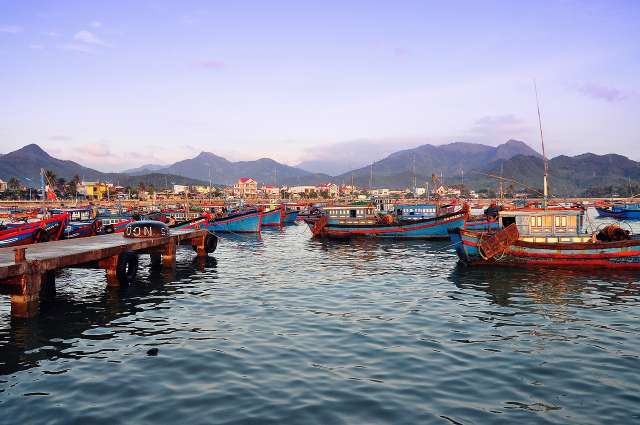
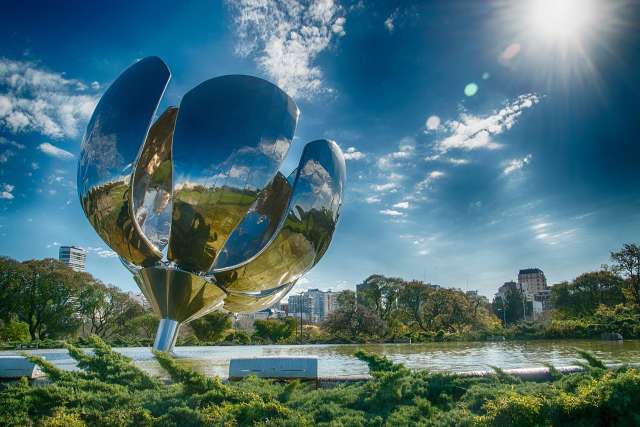
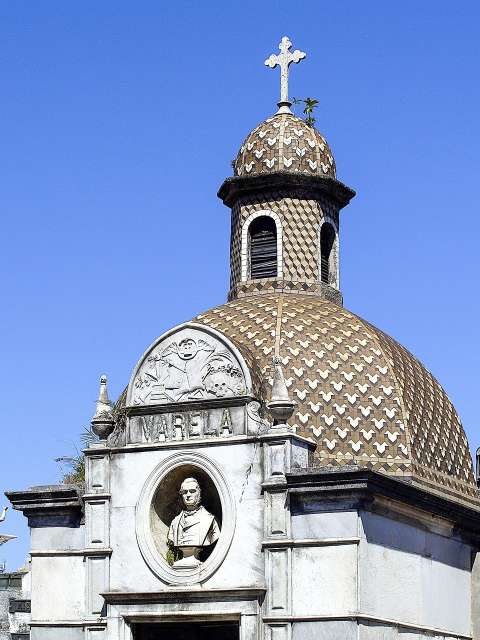

Best Time to Visit Buenos Aires, Argentina
The best times to visit Buenos Aires are:
- Spring (September to November): Mild weather and blooming jacaranda trees.
- Autumn (March to May): Cool temperatures and fewer crowds.
- Summer (December to February): Warm weather and lively festivals, but can be humid.
- Winter (June to August): Cooler weather, ideal for indoor activities like tango shows and museum visits.
Where to Visit in Buenos Aires, Argentina?
Here are some top destinations to include in your itinerary:
- Recoleta: Explore the cemetery, museums, and upscale boutiques.
- La Boca: Wander through Caminito and visit the Boca Juniors Stadium.
- Palermo: Enjoy its parks, street art, and nightlife.
- San Telmo: Discover antique shops and tango performances.
- Puerto Madero: Stroll along the waterfront and dine at upscale restaurants.
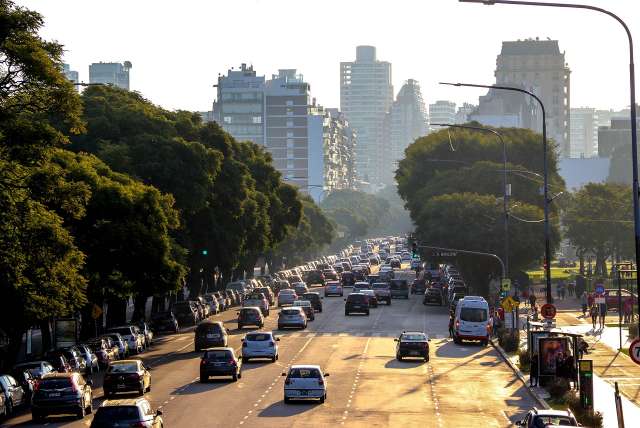
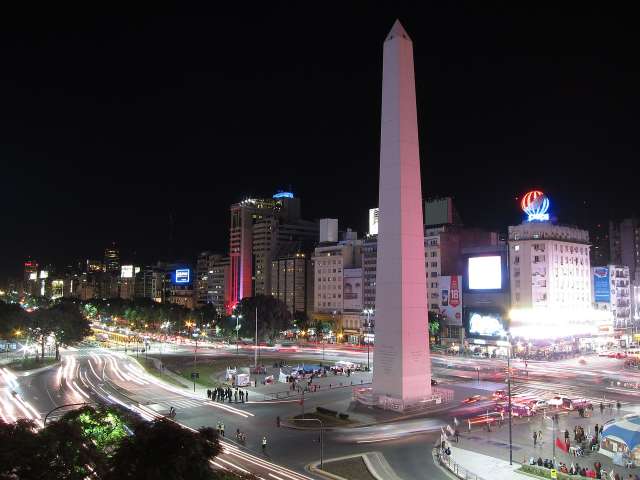
Where to Shop?
Buenos Aires is a shopper’s paradise:
- Avenida Santa Fe: A bustling shopping street with international brands and local boutiques.
- Feria de San Telmo: A Sunday market offering antiques, crafts, and souvenirs.
- Palermo Soho: Trendy shops and designer stores.
- Leather Goods: High-quality leather jackets, bags, and shoes at affordable prices.
What Things to Do?
- Tango Shows: Experience a live tango performance at venues like La Ventana or El Viejo Almacén.
- Football Matches: Watch a game at La Bombonera or El Monumental.
- Museums: Visit MALBA (Latin American Art Museum) and Museo Nacional de Bellas Artes.
- Parks: Relax in Bosques de Palermo or the Japanese Garden.
- Day Trips: Explore Tigre Delta or the historic town of Colonia del Sacramento in Uruguay.
What to Pack?
- Comfortable Shoes: For walking on cobblestone streets and exploring neighborhoods.
- Layered Clothing: Weather can vary, especially in spring and autumn.
- Adapter: Argentina uses Type C and I plugs.
- Reusable Water Bottle: Stay hydrated while reducing plastic waste.
- Camera: Capture the city’s stunning architecture and vibrant street life.


Buenos Aires is a city that captivates with its charm, culture, and passion. From the sultry rhythms of tango to the mouthwatering flavors of asado, Buenos Aires offers an experience that is both exhilarating and unforgettable. Whether you’re strolling through its historic neighborhoods, indulging in its culinary delights, or immersing yourself in its artistic scene, Buenos Aires promises a journey like no other. Start planning your trip to the Paris of South America and discover the magic of Buenos Aires.
FAQs
-
Is Buenos Aires safe for tourists?
Buenos Aires is generally safe, but it’s important to stay aware of your surroundings and avoid poorly lit areas at night. -
Do I need to speak Spanish to visit Buenos Aires?
While Spanish is the official language, many people in tourist areas speak English. -
What currency is used in Argentina?
The Argentine Peso (ARS), but USD is widely accepted in many places. -
Is Buenos Aires expensive to visit?
Buenos Aires can be affordable compared to other major cities, with plenty of budget-friendly options for food and accommodation.



